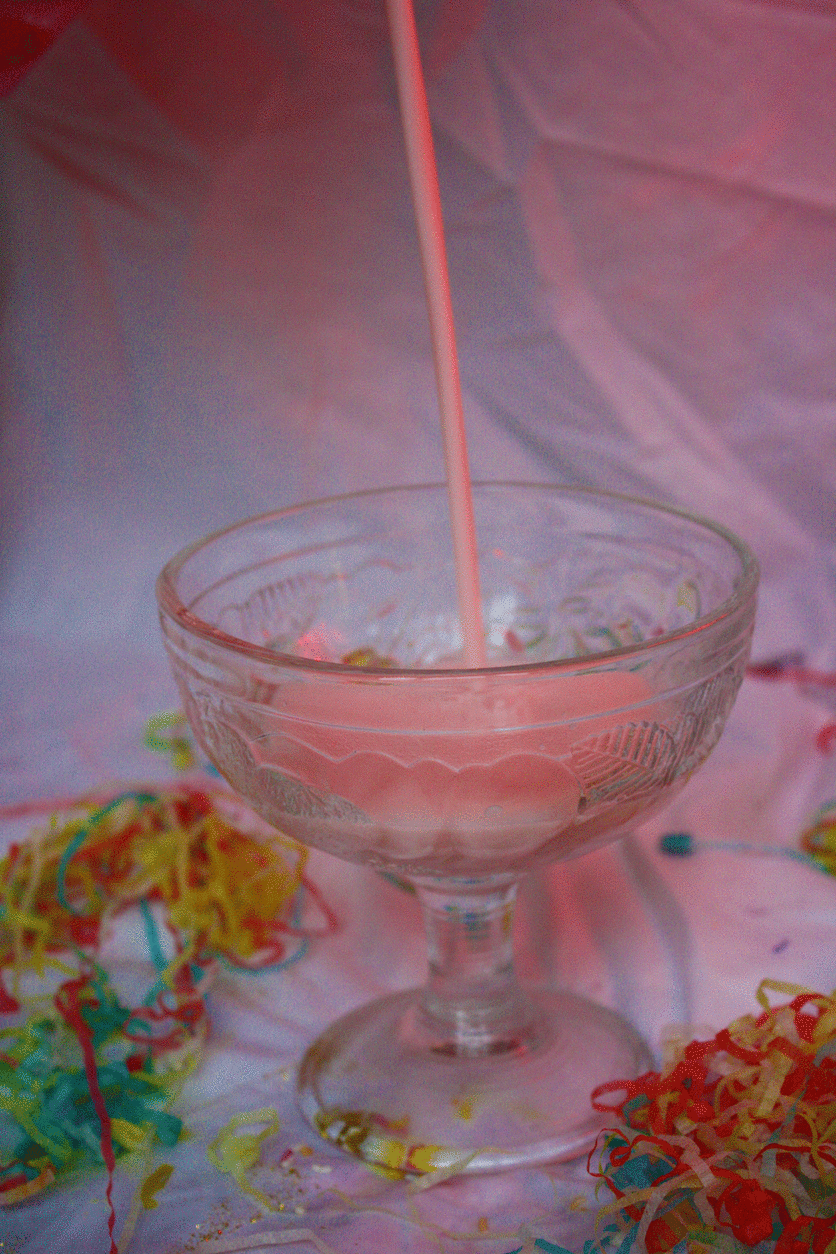online portfolio/website process

I was originally part of Cargo Collective, using a simple portfolio design to showcase my work. However it didn’t allow enough creativity in the design of the pages, and I wanted a platform that could allow me to create more of a visual identity through my website. I designed this website using Wix, purchased my own domain and removed all other advertising. I wanted to keep the design simplistic, but show little elements of my recurring themes, colours and aesthetics.
www.hollyelizatemple.com
I used Times New Roman because although it is a basic, overused and not particularly creative typeface, I like the juxtaposition of it when placed with my contemporary work and colour schemes. The colours I used reflect colours that often appear in my work – the pale pink accents match the pastel colours that (sometimes without meaning to) I use in my still life photography, collage and illustration. The bright royal blue combined with Times New Roman reminds me of typical hyperlink text, which I thought created a nod towards the digital and contemporary elements of my work. I added some elements of animation to my website, for example showcasing .gifs I have made to flick through books/zines, or manipulate my own illustrations.
Because my work is quite diverse across different disciplines and media, I wanted to make it clear on my website that my specialisms or particular focuses are in trends, art direction and publishing. Although still quite diverse, these three areas tie all of my work together, from photography to illustration, writing and book-making.
I originally had a page showing a simplified CV on my website, but after some consideration have removed this, as my particular skills and experience are clear from the work and projects I am showcasing on my website. I also feel it is sensible to keep some details private until requested by a potential employer. I have also added a separate page for work related to FILLER zine, which will include a link to purchase the zine – as it is separate to my other projects but I want there to be a direct link to it on my portfolio, to show that I am the manager of my own creative project/brand.















